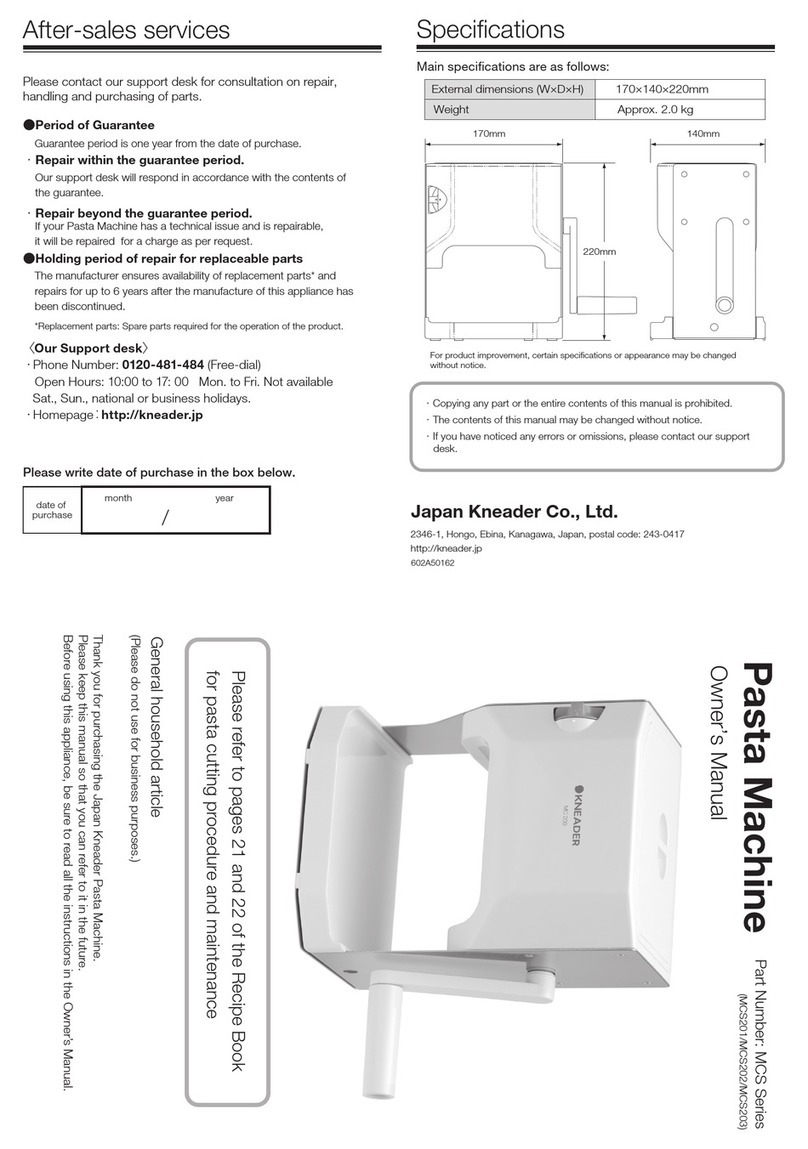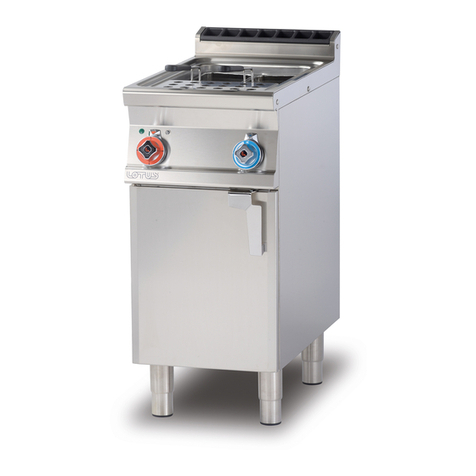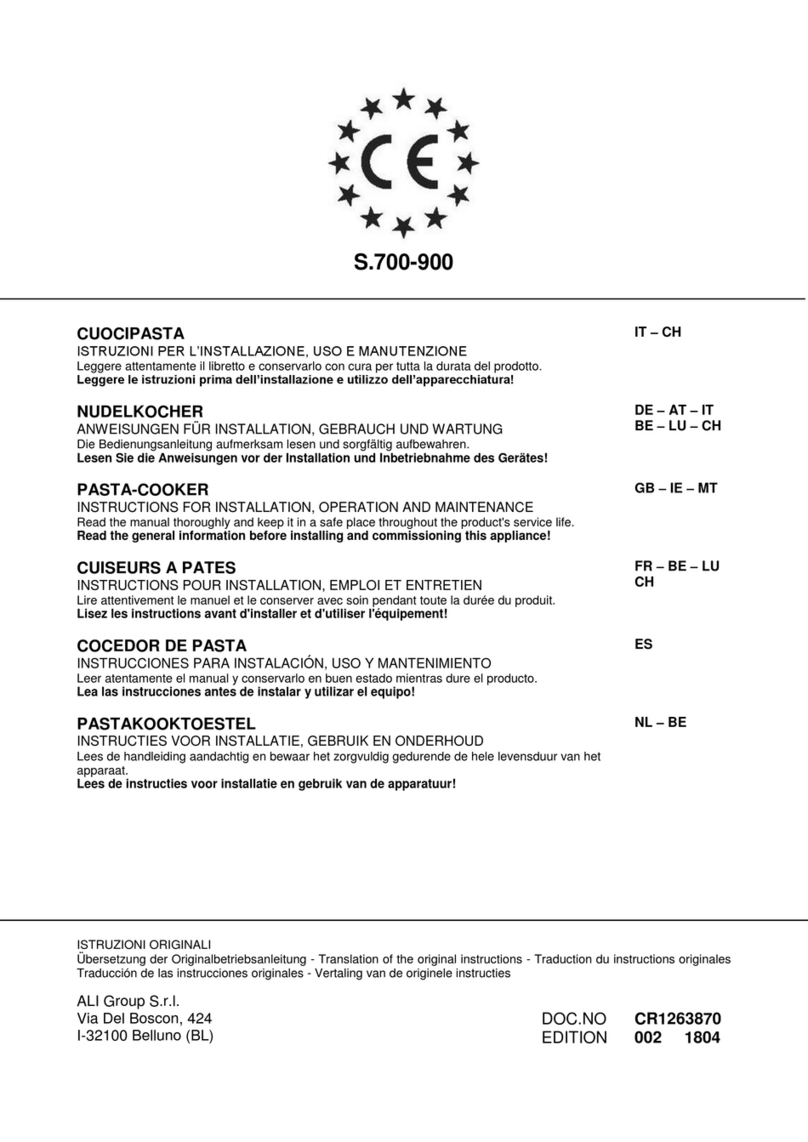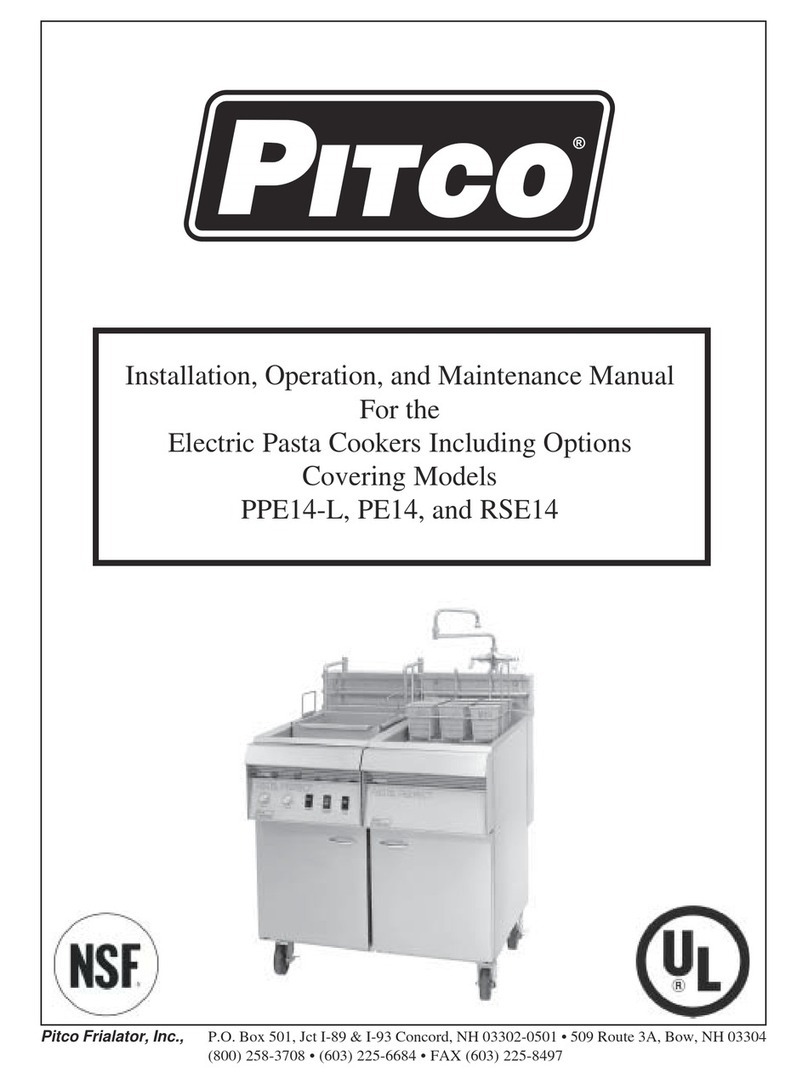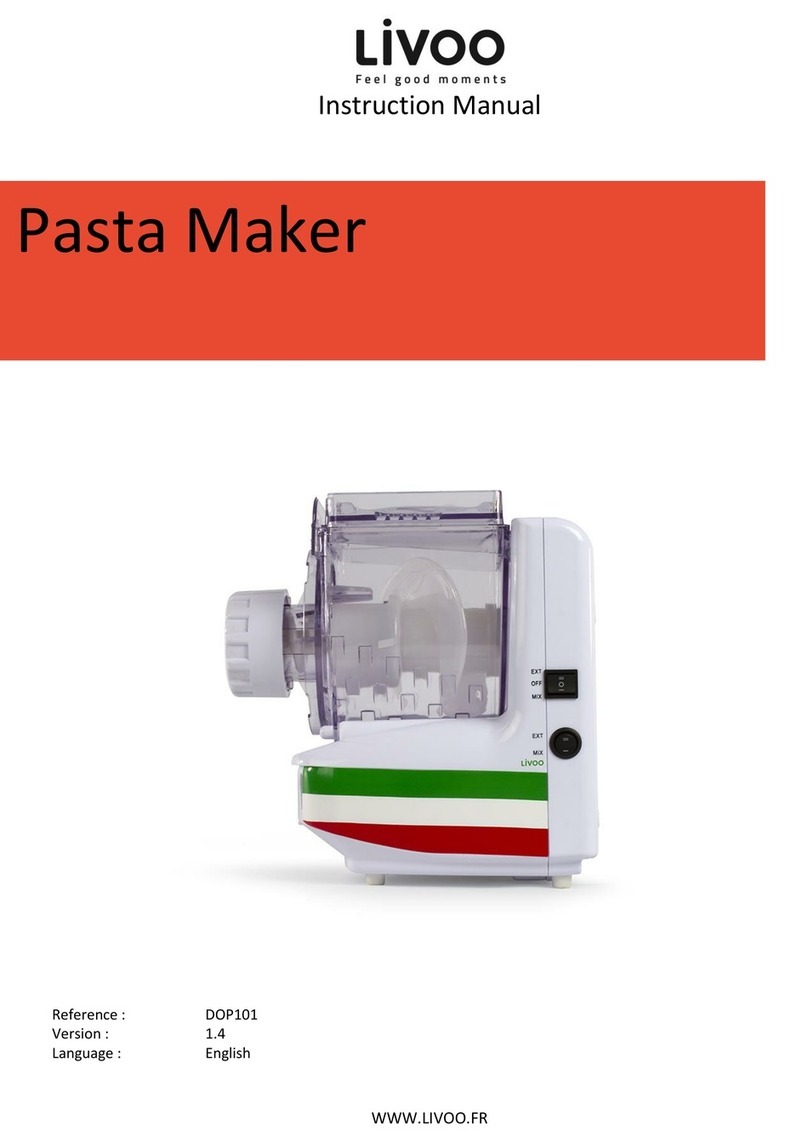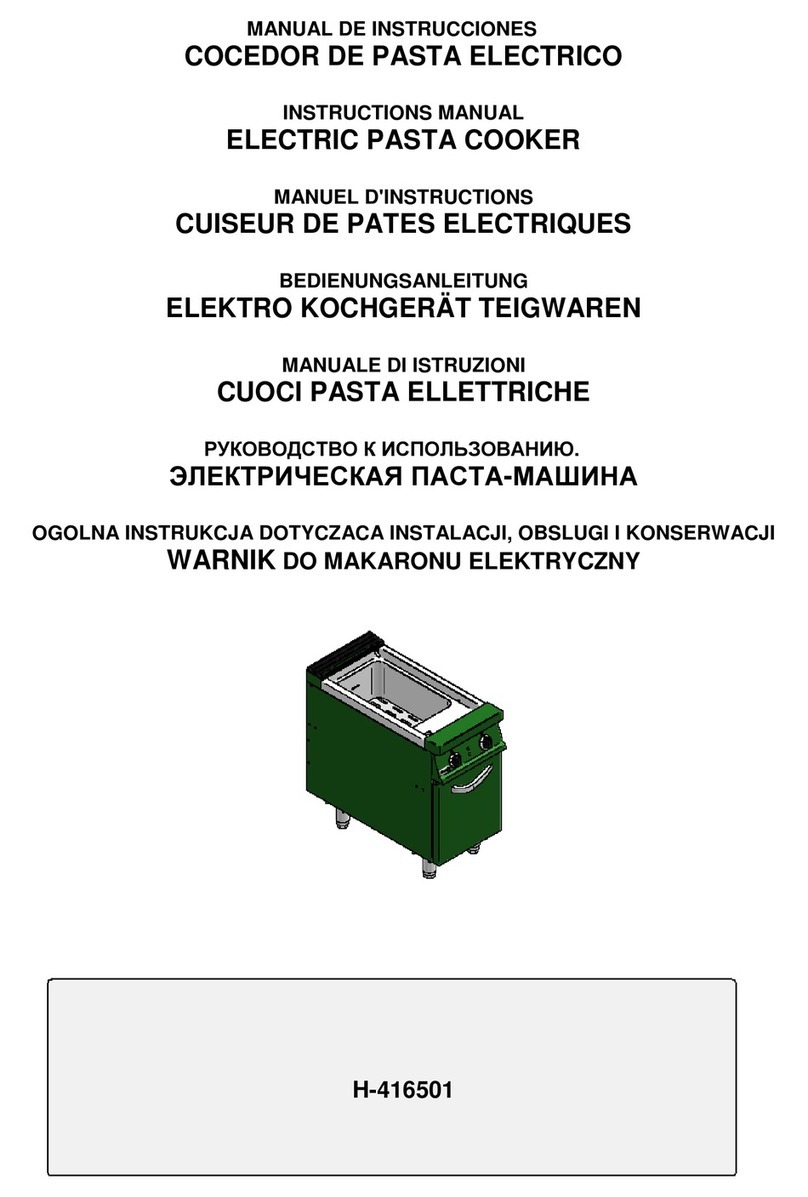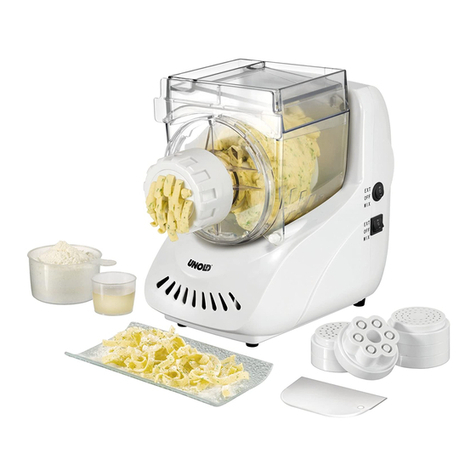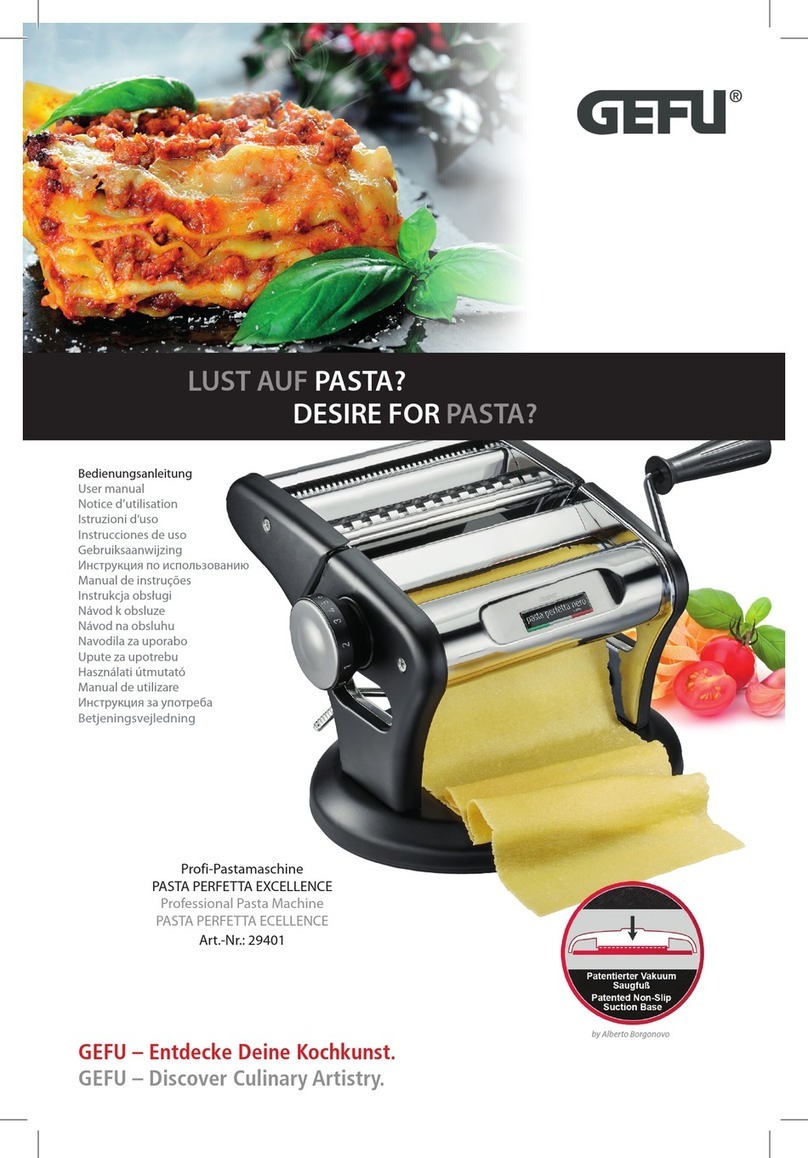
18.2.2004 Rev.
1. General .......................................................................................................... 1
1.1 Symbols used in the manual .......................................................................................... 1
1.2 Symbols affixed to the appliance .................................................................................. 1
1.3 Checking correspondence between the handbook and the appliance ............................ 2
2. Safety .............................................................................................................. 3
2.1 Using the appliance safely ............................................................................................. 3
2.2 Safety instructions in case of malfunctions ................................................................... 3
2.3 Disposing of the appliance ............................................................................................ 3
3. Functional description .................................................................................. 5
3.1 Intended use ................................................................................................................... 5
3.1.1 Prohibited use/Improper use .................................................................................. 5
3.2 Construction .................................................................................................................. 5
3.3 Operating principle ........................................................................................................ 6
3.3.1 Operating controls and indicator lights .................................................................. 6
4. Operating instructions ................................................................................. 9
4.1 Before use ...................................................................................................................... 9
4.1.1 Preparing for use .................................................................................................... 9
4.2 Using the appliance ..................................................................................................... 10
4.2.1 Filling the tank ..................................................................................................... 10
4.2.2 Switching on the appliance .................................................................................. 10
4.2.3 Cooking ................................................................................................................ 11
4.2.4 Switching off the appliance ................................................................................. 11
4.2.5 Safety thermostat ................................................................................................. 11
4.2.6 Emptying the tank ................................................................................................ 12
4.3 Operations after using the appliance ........................................................................... 12
4.3.1 Daily cleaning ...................................................................................................... 12
4.3.2 Periods of disuse .................................................................................................. 13
4.3.3 Routine maintenance ............................................................................................ 14
4.3.4 Supplementary cleaning ....................................................................................... 14




